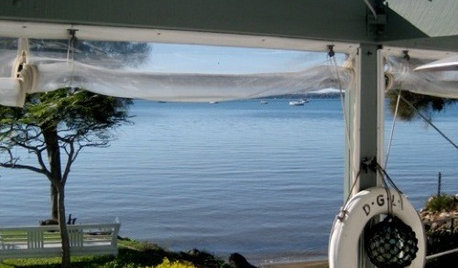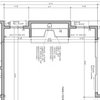In floor heaing??
rroo
13 years ago
Related Stories

BATHROOM DESIGNWarm Up Your Bathroom With Heated Floors
If your bathroom floor is leaving you cold, try warming up to an electric heating system
Full StoryI am looking into in floor radiant heat and trying to compare hydronic and electric and am looking for your experiences/info about these two different types in regards to initial costs, heating costs and efficiency.
Thanks so much!





davidro1
rrooOriginal Author
Related Professionals
Asbury Park Architects & Building Designers · New River Architects & Building Designers · Portsmouth Architects & Building Designers · Troutdale Architects & Building Designers · Highland Village Home Builders · Lansing Home Builders · Lomita Home Builders · Dallas General Contractors · Dardenne Prairie General Contractors · Halfway General Contractors · Lakeside General Contractors · Prichard General Contractors · Rancho Cordova General Contractors · Toledo General Contractors · Villa Park General Contractorsbrickeyee
max_w
davidro1
david_cary
dakota01
L U
galore2112
bigkahuna
david_cary
davidro1